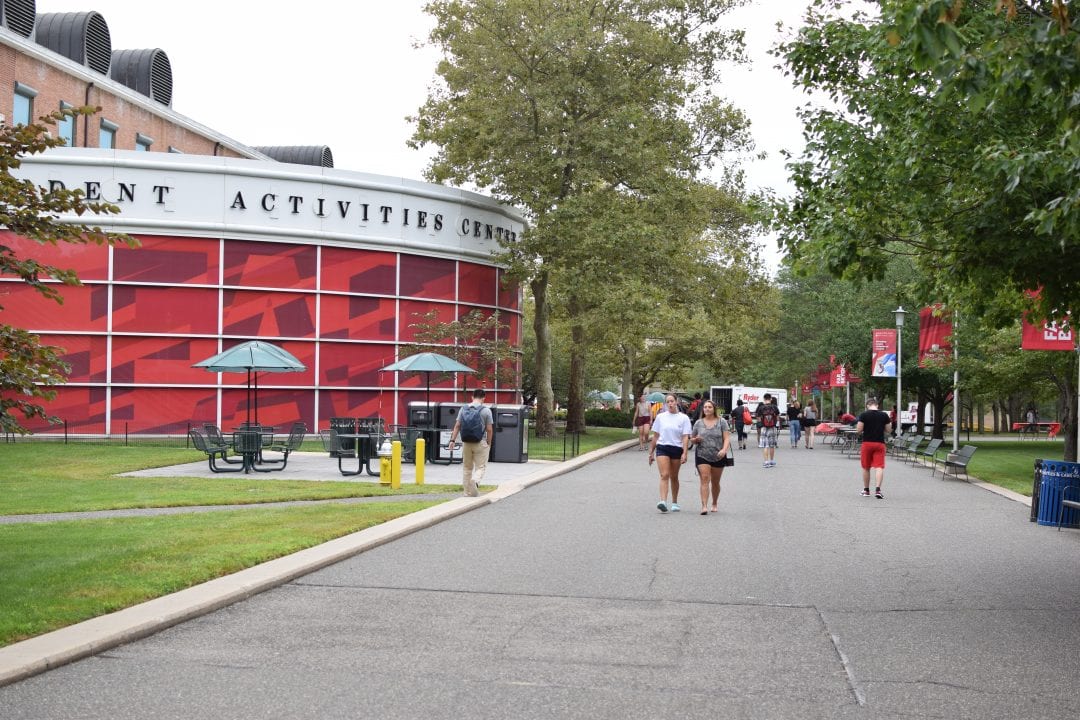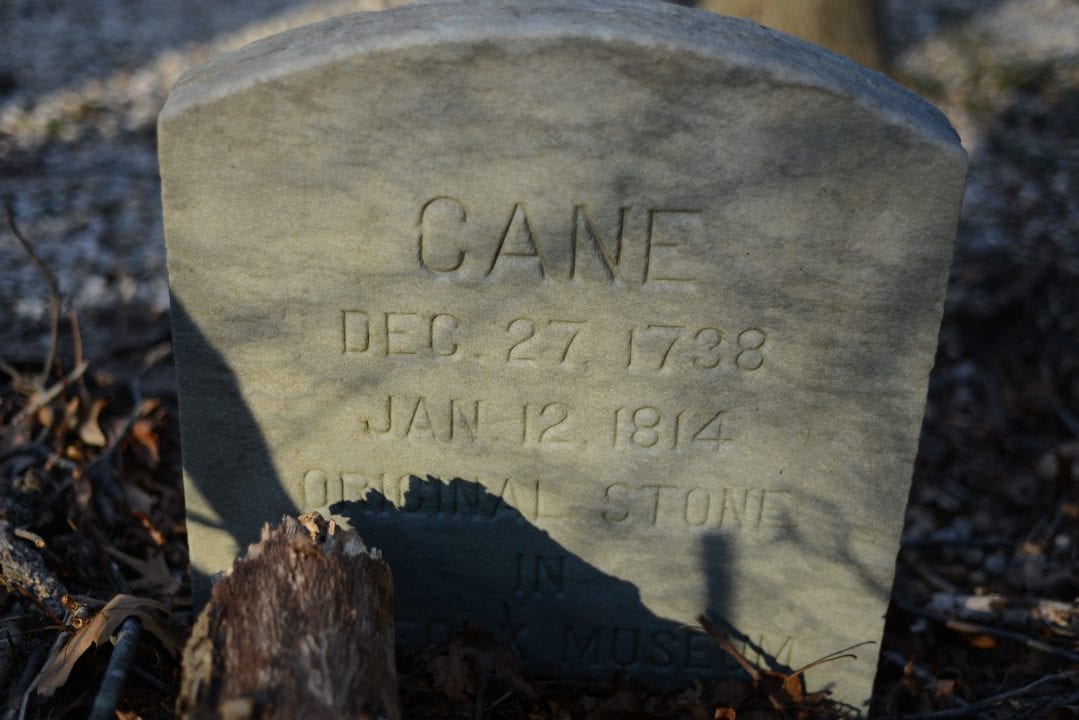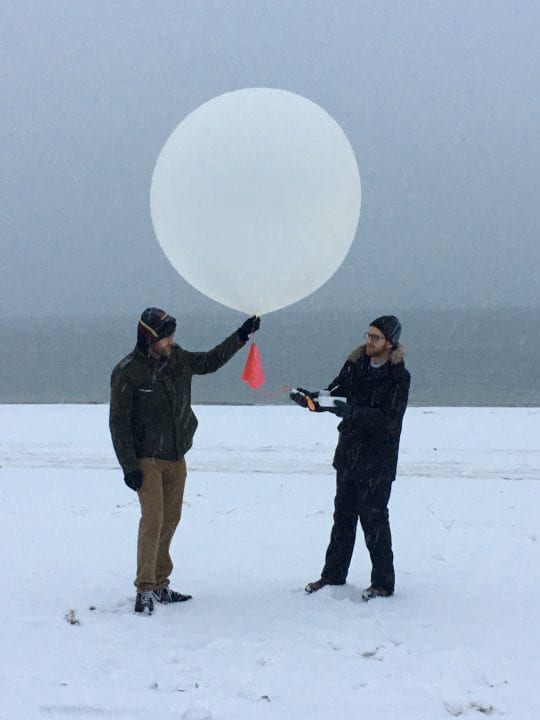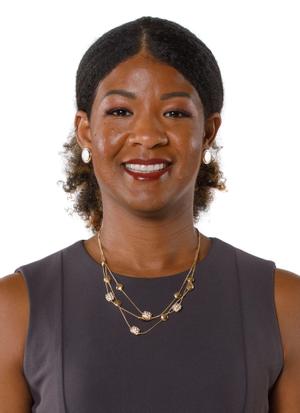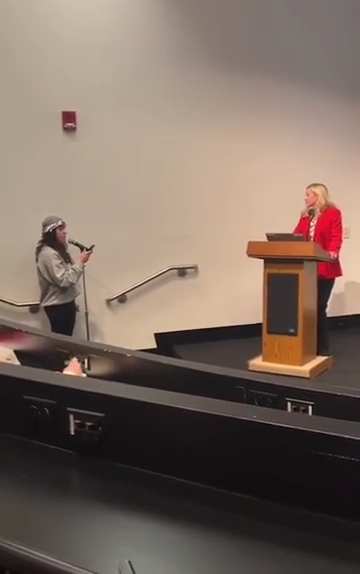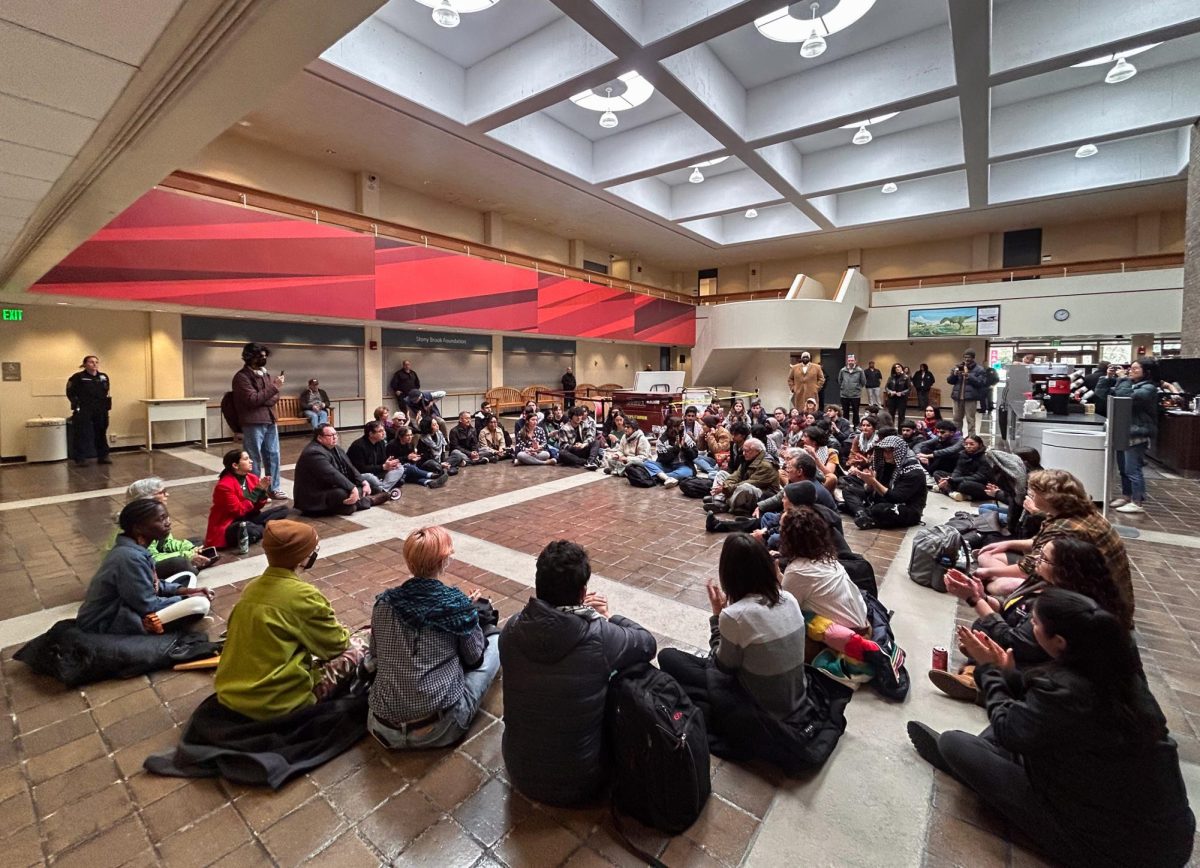
Hurricane Sandy, otherwise known as “Superstorm Sandy,” engulfed the east coast of New Jersey and New York in late October of 2012. It is the second deadliest hurricane in U.S. history, and the areas affected by the storm are still suffering from the consequences.
Dr. R. Lawrence Swanson, associate dean of the School of Marine and Atmospheric Sciences at Stony Brook University, led an investigation that examined the different waste infrastructures affected by Hurricane Sandy with three handpicked members of the SoMAS community: Robert Wilson, Ph.D.; Bruce Brownawell, Ph.D.; and graduate student Kaitlin Willig.
The investigation was a joint effort called Resiliency Institute for Storms and Emergencies and included members from New York University, Cornell College and the City University of New York. Each college focused on different areas damaged by Hurricane Sandy.
The purpose of the investigation was to access all the damage caused by Hurricane Sandy, as well as facilities that could be vulnerable in the future, in Westchester, Nassau and Suffolk counties.
“Nassau County has the most amount of damage because that’s where the greatest storm surge was,” Swanson said. “It was worse around the Long Beach area.”
Swanson explained that figuring out the extent of damage to the environment due to the Bay Park Sewage Treatment Plant in East Rockaway was “the bulk of the work.”
The Bay Park plant is the largest facility that handles sewage in Nassau County, processing 50 million gallons per day.
Bay Park has a low elevation, and due to the severity of Superstorm Sandy, the sewage pipes that lead up to the plant were completely submerged underwater, which resulted in almost twice the amount of discharge of minerals and sediments, such as nitrogen, into Reynolds Channel.
The facility was shut down for two and a half days following Superstorm Sandy.
“After the plant came back online, it was so badly damaged that it couldn’t pump normal sewage,” Swanson said. “The pumps were not strong enough.”
When Bay Park reopened, the facility was processing 100 million gallons of sewage per day.
The sewage was transferred to the smaller plant Island Park, located several miles away from Bay Park.
“It took about a month and a half to get the Bay Park plant functioning,” Swanson said.
Back in 2011, Swanson surveyed the Bay Park plant with two of his colleagues and concluded that there were problems with the plant.
They made a recommendation to local and state officials urging them to move the location of the sewage system in Bay Park to the ocean.
The Bay Park plant has been in that location since the 50s.
“[The original builders] could not have picked a worse place to put a sewage outfall,” Swanson said.
Swanson and his colleagues, who also worked on the RISE investigation a few years later, said that the total max daily load (TMD) had exponentially increased and was posing a threat to the surrounding areas.
“New York State government determines who will do the TMD calculation.” Swanson said. “The entire process could take three to four years after the report is initially done.”
“It could take five to ten years to complete the job,” Swanson said.
The Bay Park plant poses a danger to local fisheries, endangered species and the water quality on Long Island and Jones Beach.
“The scope of the problem becomes that much greater,” Swanson said. “Before we can move forward, we need to know what it [moving the plant] is going to do to marine resources, such as Surf Clan, one of the largest remaining fisheries in New York State.”
“You have to understand the potential ecological damage,” Swanson said.
When asked about what Stony Brook students and the community can do to help expedite this process, Swanson said, “The public should play a very active role to let officials know what their feelings are….If you live there, write to your public official.”
Correction: March 27, 2015
A previous version of this article stated that Hurricane Sandy took place in October 2013. The online version of this article has been corrected and now states that the storm took place in October 2012.







